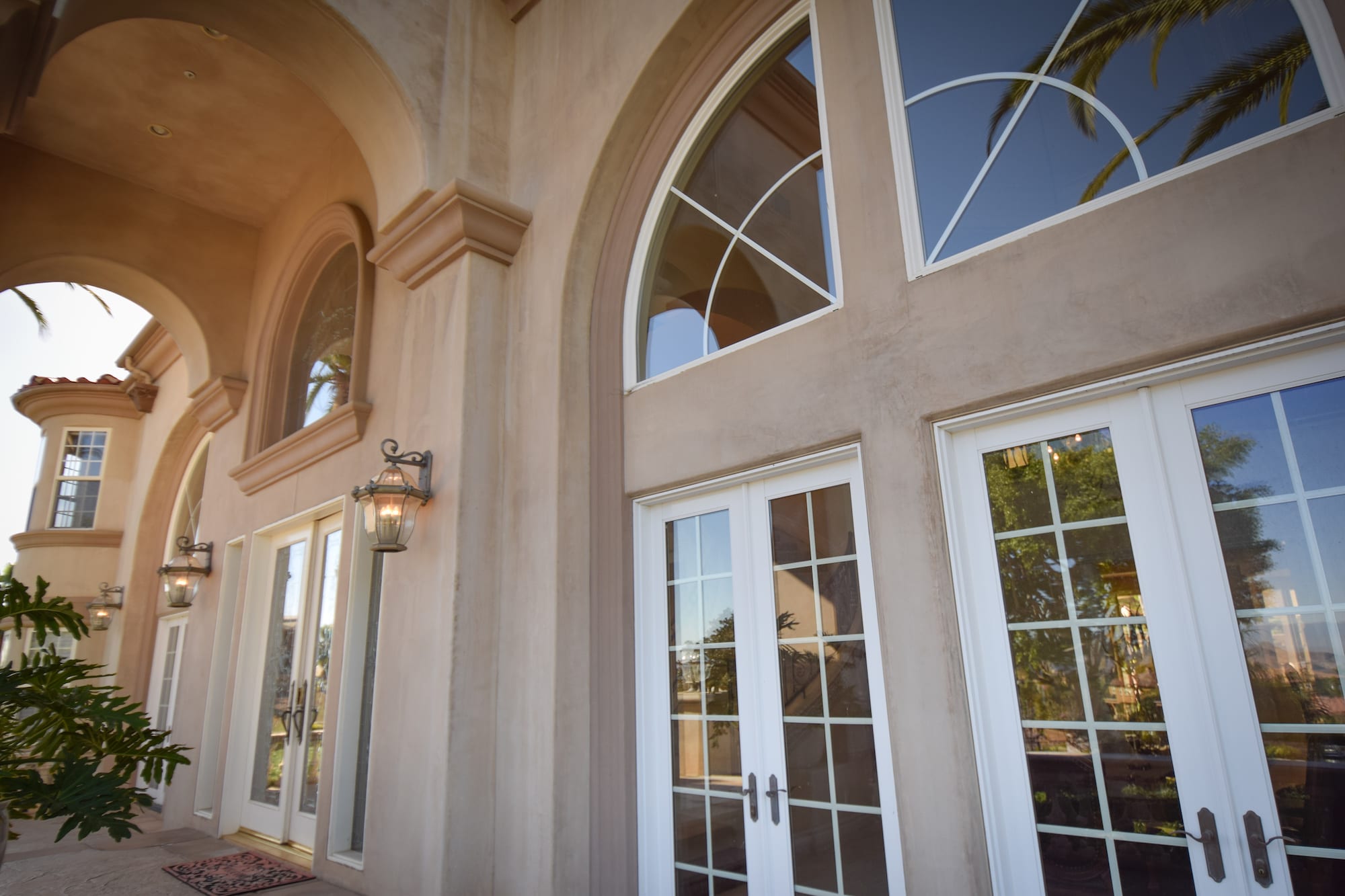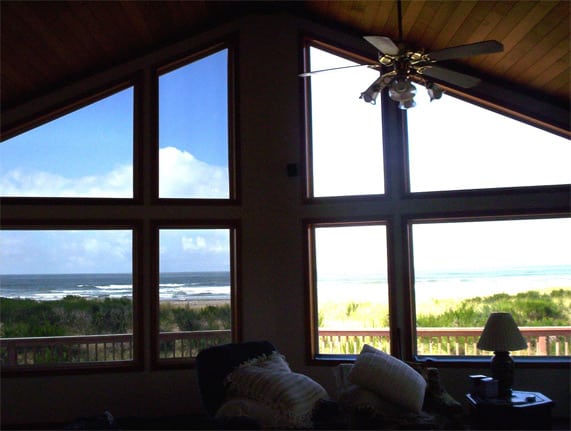Exactly How Residential Window Tint Can Lower Energy Expenses
Exactly How Residential Window Tint Can Lower Energy Expenses
Blog Article
Just How Residential Home Window Tinting Improves Your Home's Energy Efficiency
Residential window tinting provides an engaging remedy for homeowners looking for to boost energy efficiency within their living areas. By applying specialized films to windows, it properly reduces heat transfer, thus supporting interior temperatures and reducing the requirement for extreme home heating or air conditioning.
Understanding Home Window Tinting
Recognizing home window tinting is vital for house owners looking for to boost both convenience and power effectiveness in their home. Residential Window Tint. Window tinting involves the application of a thin movie to the inside or outside surface of glass windows. This film can considerably modulate the amount of sunshine and warmth that gets in a home, therefore influencing indoor climate conditions
There are numerous kinds of home window tinting films offered, each with distinct homes. The efficiency of window tinting is usually determined by its Visible Light Transmission (VLT) percentage, which shows how much light can pass with the movie.
Advantages of Energy Performance
Home window tinting not just boosts visual appeals however additionally plays a significant duty in improving energy performance within domestic spaces. By minimizing warm transfer via windows, colored movies create an extra stable interior environment, which can result in substantial reductions in power intake for cooling and heating. This energy effectiveness translates into reduced utility expenses, providing house owners with significant long-term cost savings.

In addition, home window tinting boosts the convenience of living areas. By reducing glow and obstructing damaging UV rays, colored home windows create an even more pleasurable environment, which can bring about boosted wellness for occupants. The defense against UV rays likewise helps maintain furnishings and flooring from fading, contributing to the longevity of family products.
How Tinting Functions
Tinting films run through a mix of innovative materials and modern technologies developed to regulate the amount of solar power getting in a home. Mostly made up of polyester, these films often integrate metallic or ceramic particles that mirror and absorb heat. This double capacity allows them to dramatically decrease the infiltration of ultraviolet (UV) rays and infrared radiation while permitting visible light to travel through.
The efficiency of window tinting is measured by its solar warmth gain coefficient (SHGC), which indicates just how much solar power is transmitted with the home window. Lower SHGC values are better as they represent better warm being rejected. Additionally, window colors can feature a selection of tones, permitting recommended you read property owners to customize their aesthetic choices while enhancing energy performance.
Additionally, these movies serve as a barrier, stopping warmth loss during cooler months by showing interior warmth back right into the home. This thermal insulation effect matches the cooling benefits obtained throughout warmer months, adding to a balanced interior climate year-round. By handling solar power efficiently, household window tinting not just improves comfort but likewise plays an essential role in lowering energy consumption and lowering energy costs.
Choosing the Right Tint

There are various types of window movies offered, including dyed, metalized, and ceramic. Dyed films are cost-efficient yet find more information may have restricted sturdiness. Metalized films provide far better warm rejection however can disrupt digital signals. Ceramic movies offer excellent heat control without jeopardizing presence and are very resilient, making them a prominent selection.
Visible light transmission (VLT) is another important aspect, as it suggests the quantity of all-natural light that can travel through the colored glass. Home owners need to pick a color with a VLT that enhances their illumination preferences while still providing appropriate glare reduction.
In addition, assessing the solar warmth gain coefficient (SHGC) can help determine exactly how well a color can obstruct warm from sunshine. A reduced SHGC shows far better warm control, eventually improving energy efficiency.
Installation and Upkeep Tips
Appropriate installation and upkeep are crucial elements in taking full advantage of the benefits of household home window tinting. To accomplish optimal outcomes, it is recommended to hire a certified professional for installment. This guarantees that the color is applied correctly, preventing air bubbles, wrinkles, or imbalance that could jeopardize performance. Experts also utilize specialized techniques and devices, which can enhance the toughness and effectiveness of the color.
Following setup, upkeep is important to extend the life of the home window this movie. It is recommended to wait at the very least thirty day before cleaning up the colored home windows to permit the adhesive to treat completely. When cleansing, use a soft cloth and a gentle, ammonia-free cleaner to prevent harming the movie. Stay clear of abrasive products that might damage the surface.
In addition, normal inspections are advantageous. Look for any type of peeling or bubbling, which might suggest incorrect setup or use gradually - Residential Window Tint. Attending to these problems immediately can stop additional damages and preserve energy efficiency. By adhering to these installment and upkeep pointers, home owners can guarantee their window tinting remains to offer significant power financial savings and convenience for many years to find.
Verdict
In verdict, household home window tinting offers as a reliable remedy for enhancing power effectiveness within homes. By decreasing warm transfer and blocking hazardous UV rays, home window movies contribute to lower energy consumption and improved interior comfort.
Window tinting involves the application of a slim movie to the interior or exterior surface area of glass home windows. By reducing warm transfer with home windows, colored films create a much more secure interior climate, which can lead to significant reductions in power intake for home heating and air conditioning.The effectiveness of window tinting is determined by its solar warm gain coefficient (SHGC), which shows just how much solar power is transmitted through the window. By managing solar energy successfully, property home window tinting not just boosts convenience yet additionally plays a vital role in reducing energy consumption and lowering utility bills.
By reducing heat transfer and blocking hazardous UV rays, window films add to decrease power intake and boosted interior convenience.
Report this page